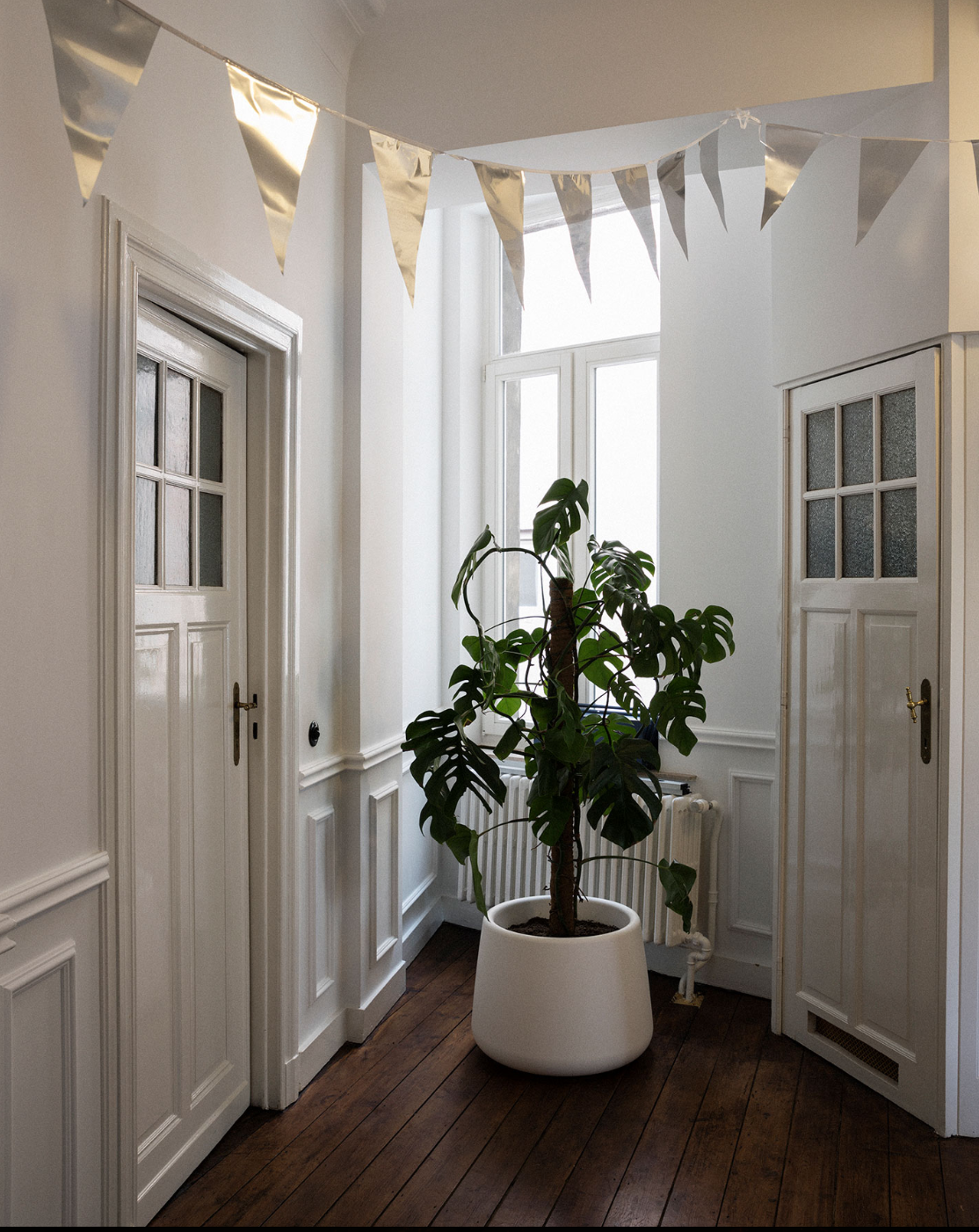
Devrim Bayar is one of those people who, once entering a conversation with, induces the subconscious desire to be as subtle as possible with one’s thoughts. This sudden impulse does not automatically arise because she might exude a necessarily restless—at times, enviable—arrogance like that of her many contemporaries within the world of curating and beyond; but because one can tell she’s someone who observes her surroundings closely, all the while bypassing politely the easy traps of preconceived opinions. Bayar seems too socially pronounced to participate within the collective spectrum of guided ignorance. She notices, silently, yet in abundance.
WIELS’ well-acclaimed young curator is a fluent citizen who implements her international pasts within her profession. It’s the array of former experiences—like having studied art history at Columbia University, as well as having been the editor-in-chief of CODE magazine—that enable Bayar to access multiple layers of disposition when spending time with new projects. Apprehensive to art’s particular realities and unsealed fragility, Bayar meets her ever-changing responsibilities inside and outside the gallery setting with a receptive set of eyes. She both confronts and (re)creates the meanings of her artists, allowing the public to experience intuitively a steady presence of work that from its very beginning of potential exposure receives careful enough reflection. Perhaps it’s especially a matter of the extended genuinity toward her profession as a curator and art partisan that makes Bayar such an authoritative individual in her universe, subsequently unfolding a level of awareness that otherwise often seems to go astray.
In addition to managing Brussel’s prominent art institution, she has also been curating Le Salon since 2011—a self-initiated online platform dedicated to the capital’s rapidly growing contemporary art scene and a virtual space that permits cultural affairs not only to be accessed by a wider audience but to also be encountered differently. In Bayar’s universe, there’s potential almost everywhere. Because things come out when you’re patient and searching.
Lara Konrad sits down with Devrim Bayar.
Lara Konrad: Over the past few years, you’ve had an array of professional occupations, amongst them the well-known role as the curator at WIELS, as well as an art teacher at La Cambre. While those two occupations are perhaps very different within their definition, they also follow a similar path in terms of guidance and exploring potentiality. How you relate these two professions, and how do you differentiate them?
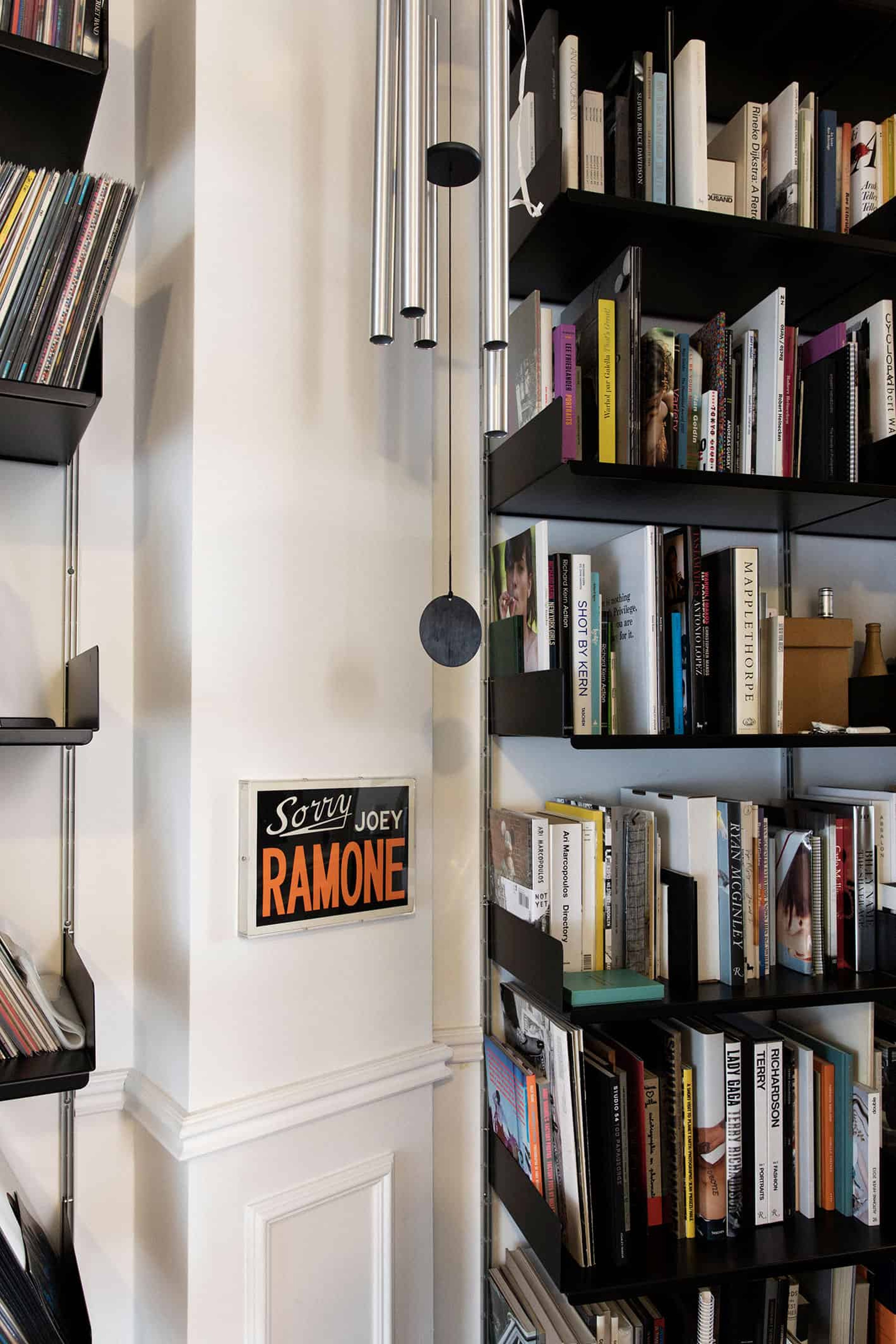
Devrim Bayar: Well, it’s true that both scenarios warrant communication with an audience. The audience and messages, however, are very different. As I was teaching first-year students from various artistic disciplines, my ambition mainly consisted in putting them in contact with the different actors of the contemporary art scene. The idea was to break down the distance and taboos between the inexperienced students and art professionals I’d invite to class. I wanted to broaden their knowledge and ambition through generating discussions, readings, and visits. Teaching is a form of exchange; I learned from it as much as I taught.
WIELS’ audience is much broader. Anyone’s a potential visitor of the shows we put up here. That doesn’t mean that the message is the same for everyone. On the contrary, we develop a variety of activities, each tailored to a different audience. From artist talks and academic symposiums to family workshops and community projects. The exhibitions also offer different levels of interpretation and perspectives of the same body of works. I see my role as a facilitator. I work together with the artists to help them present their work publicly, shape their work in a specific intellectual context and space, concretize their ideas and finance their projects, reach their audience. And again, I learn a lot from them!
LK: What type of freedom do you experience curating content online at Le Salon versus offline at WIELS?
DB: Freedom is relative. Le Salon allows me to publish basically anything I want, bearing in mind my team that I always share and discuss ideas with. At WIELS, we have an artistic director who provides the framework for what we do. We’re also publicly financed, which implies a social liability but also engenders a greater budget and network, eventually allowing the realization of much larger projects.
Creating content online and offline feels complementary and even necessary. On the web, you can publish texts and visuals instantly and build an international network in just a few clicks. But this will never replace face-to-face discussions and the presentation of artworks in real space. For this very reason, Le Salon also regularly organizes ‘off the web’ projects. Last year we had a 3-month residency at Antwerp’s Museum of Contemporary Art, and we curated Almine Rech Gallery’s booth at the Independent art fair. Within the coming weeks, we will present a new performance by Oriol Vilanova in Amsterdam. We’ll also launch a limited edition with French artist Pierre Bismuth in order to finance a book project.
LK: As a young yet knowledgeable curator, what are the current difficulties you notice within your immediate industry?
DB: One of the strong forces running within the art world, of course, is the market. That’s nothing new, yet still needs to be taken into consideration. It’s not black and white, but we certainly have to remain aware of the market’s influence on museum collections and programming, on the work of artists, as well as publishing, etc.
Another current issue is the professionalization of the curator (and of the artist – but that’s another debate). And, finally, there’s, of course, our social responsibility. Maybe I’m naïve or idealistic, but I tend to believe that working in the arts can still be a political choice. As life and work can’t easily be separated in our field, we have to be conscious of the world we move in. Our life and professional choices must be guided by a strong social awareness and ethics.
LK: There has definitely been a noticeable shift in how the curator (and artist) is regarded within society. It seems as though the pursuit of such a creative profession is considered a ‘real job’ now.
DB: It’s true that working as a curator or as an artist is seen very differently today and, like you say, it’s considered a “real job.” But more than that, it has become a trend. Everything’s “curated” nowadays, even the soap section at your local grocery store. Art schools are flooded with new students every year, a lot of whom aren’t aware of the hard financial reality ruling the art world. Contrary to the glitz and the glamor, it’s not easy to make ends meet as an artist or as a curator. And diplomas, even from top schools or Ivy League universities, don’t guarantee success.
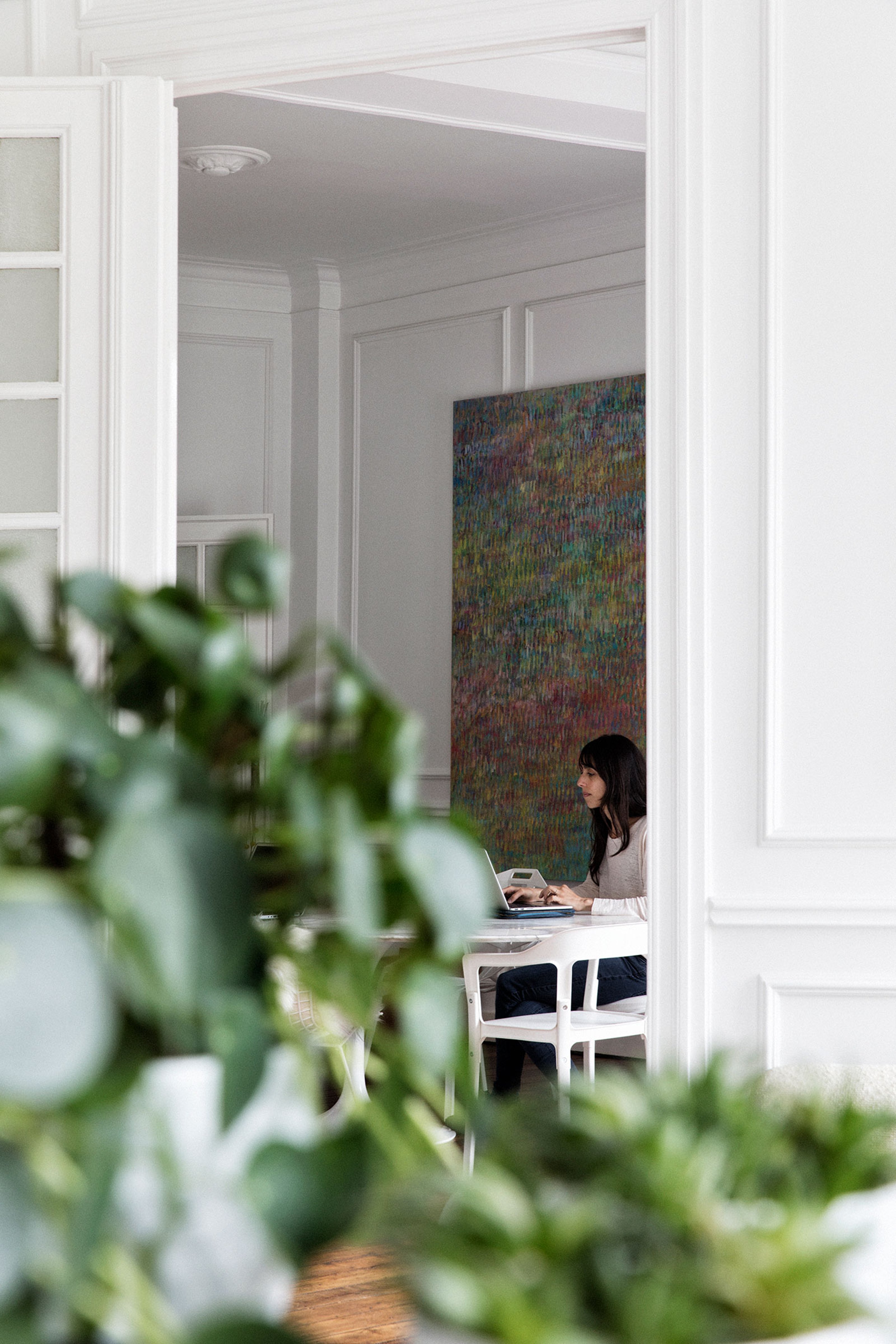
While curatorial programs might be interesting, they tend to standardize the field: students often read the same books, see the same examples, discuss the same questions, etc. The professionalization of the artist means that aspiring artists tend to develop their practice like a career and follow similar paths, including MFA programs, international artist-in-residencies, newsletter systems, working as assistants, and so on. Eventually, art feels like a by-product of this entrepreneurial strategy.
LK: While I agree that most people entering art school are—to an extent—oblivious to financial reality (including myself here), I guess it could be argued that we’ve arrived at a time where people choose to follow their actual interests, instead of living a life that was never theirs. So, in some way, it’s also quite beautiful that we have arrived at this current state of ‘rebellion,’ fighting against societal laws that pertain to this idea of practicing a ‘real’ job so rent and pension are taken care of. It encourages oneself to exist in the present, not in the future.
DB: You’re right. It’s wonderful that in our society young adults have more options than in the past. Yet, I’m not convinced that schools are what prepare them best to become successful artists or curators. And this isn’t to say that schools or universities aren’t useful or important—quite the contrary! I just want to stress that the recent surge of curatorial programs and MFAs have their side effects.
LK: It’s the educational system—especially American colleges—that I often find worrisome, as there tends to be a general installation of fear concerning ethical conduct and social awareness to a point of hypersensitization taking place in everything. I guess I’m wondering where to draw the line if certain limits should be ethically breached; and you, as curator, how to approach such subject matter, especially considering your educational background in the U.S. and having settled down (for now) on European soil.
DB: WIELS regularly exhibits artworks that can potentially stir some strong reactions. At the moment, for instance, a large installation by Thomas Hirschhorn, including uncensored war images, has raised a lot of concerns, both within our team and for some of our visitors. In this specific case, the violence of the images is exactly what the artist wants to achieve and debate, so there’s no question in hiding them. Hirschhorn explains and argues his choices within his own installation.
In other situations, when the artists don’t mediate themselves, we have the responsibility to do so. What’s important is to explain that the shock images we present aren’t gratuitous. We need to give reasons why we decide to give them a public platform to exist. Yet it always happens that, despite our best efforts, some visitors (sometimes even our own guards) complain about the works on view. So we have to give them more individual responses.
“I think that large museum debacles, such as the recent Kelley Walker show in Saint Louis or the controversy around Dana Schutz’s painting in the Whitney Biennale, are less likely to happen here. The concept of ‘political correctness’ is less rooted in our culture”
LK: Lately, I’ve witnessed the recurring scenario where artist acts as curator (of their own work or that of others). What do you think about this kind of role-play?
DB: Typically, I’m very interested in artist-curated shows. They can be a very good source of inspiration and provide a fresh perspective on what we do all the time. I worked together with French artist Pierre Leguillon to present his “Museum of Mistakes” at WIELS. He basically performed in every role: as the artist, the lender, the curator, the guard, etc. This particular project wasn’t easy, as it also tested the limits of our institution. But it was such a stimulating experience. I have and still do work closely with Dutch artist Willem Oorebeek, whom I have helped ‘curate’ (I’m sure Willem would never use this word…) group shows, and his methodology (again, a word he probably wouldn’t use) was original, critical, sensitive, smart and funny… all at once!
A few years ago we also presented a retrospective exhibition of Felix Gonzalez-Torres in two parts, the second of which was curated by Danh Vo. His presentation of the work of Gonzalez-Torres was radical, to the point that some visitors even complained about the “lack of works.” But it was beautiful. Artists can return radicality that curators who work for big institutions may find hard to do. I mean, who wants to lose their job? The reverse, however, isn’t true: I’d be a terrible artist!
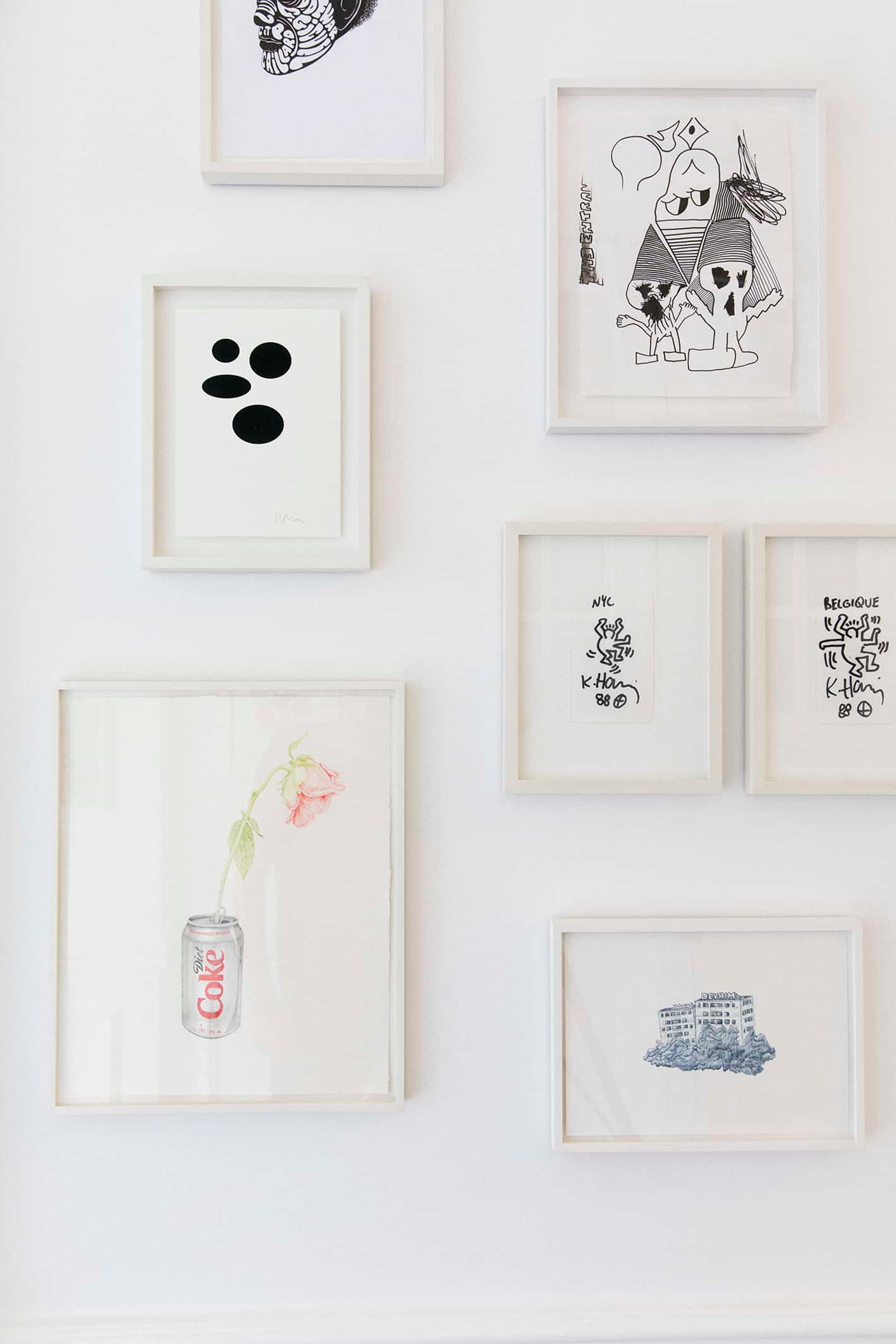
LK: The controversy around Danh Vo’s curation of the retrospective is interesting, also because it was a re-curated exhibition after Elena Filipovic had produced the first one. Both approached showing Gonzalez-Torres’ work very differently, primarily setting themselves apart by size. Vo showed about a third of what Filipovic had gone for.
DB: Problems, so to speak, arose when Danh Vo rehung the show. He really played with the modernist architecture of our building and emphasized the minimal aspect of Gonzalez-Torres’ works. Visitors who hadn’t seen Elena’s earlier presentation and who were expecting to see a retrospective exhibition in the traditional sense were, of course, puzzled. Still, I think it was one of the most beautiful shows we had. It was a real tribute to Vo’s own way of working, as much of it is inspired by Gonzalez-Torres’ habit of changing his shows over time.
LK: So in terms of ‘retrospective,’ visitors were just expecting an overload of works. Quantity, so to speak? This kind of public ideal for a retrospective makes me think about Isabel Genzken’s retrospective Mach Dich Hübsch! at the Stedelijk. Rarely had I been to a show that felt so overwhelming in terms of size. It was just too much. In general, I’m not a fan of works being displayed so closely together, everything kind of grows into one big blur. Work gets lost in itself.
DB: Visitors were basically expecting more work. I guess their idea of a ‘retrospective exhibition’ was more traditional than the unusual format we proposed. I didn’t see Isa’s show at the Stedelijk, so I can’t talk about it. But I guess the amount of work being displayed and how they’re being displayed should come from the work itself. Some practices call for a lot of empty space, concentration, distance, silence.
I can’t help but think about Daan van Golden, with whom I had the honor of doing a survey show several years ago. Daan trusted me very much and he didn’t intervene often in my selection of works and their scenography. But every time he did, it was to take a work out of the exhibition room. Less was always more to him, even if it left me with the uncomfortable position of needing to tell a lender that the borrowed work wouldn’t be shown in the end. On the opposite side of the spectrum, there are artists doing monumental, overwhelming or noisy installations.
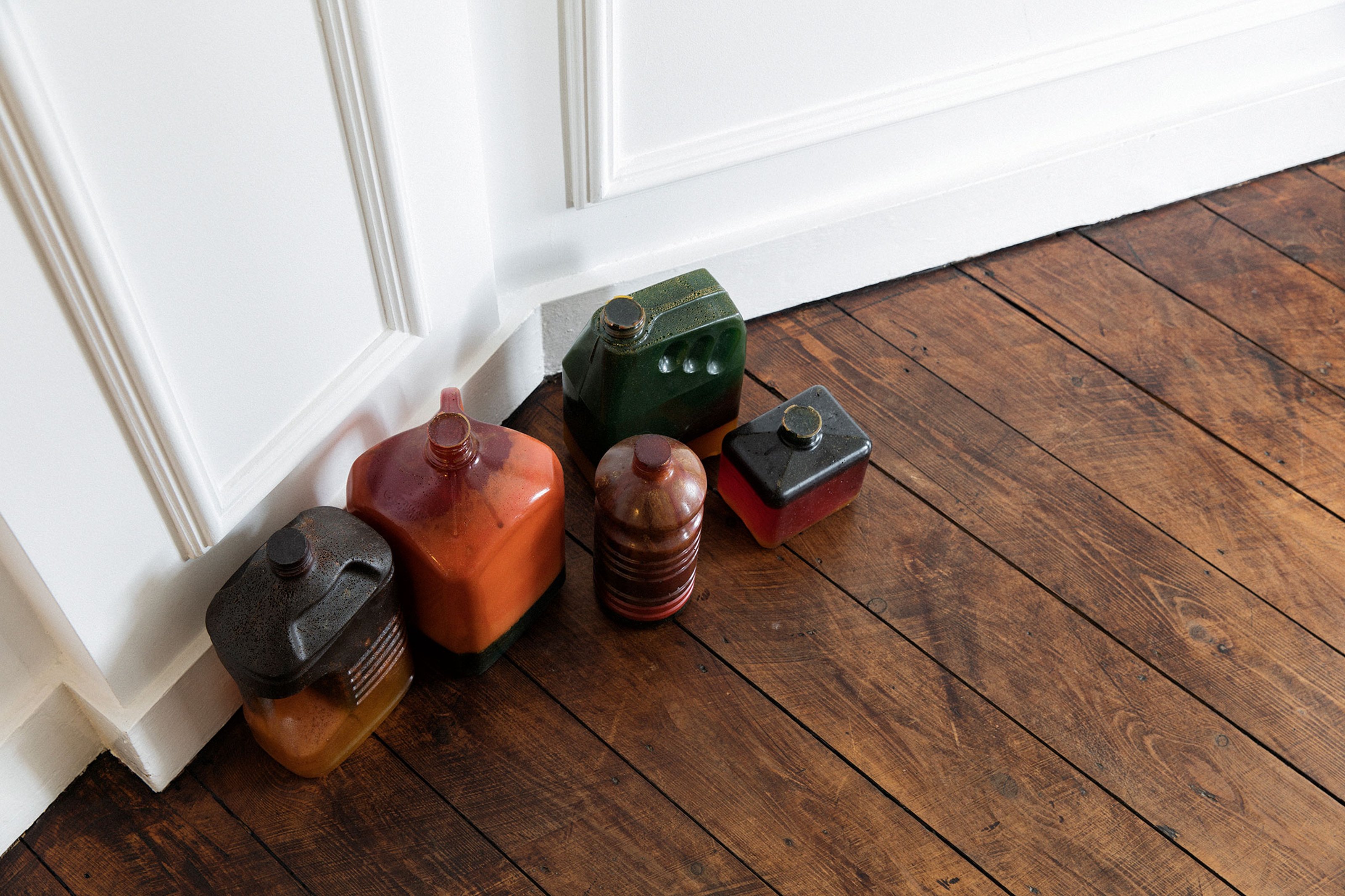
We’re privileged to present art publicly. This privilege is granted to us by the artists themselves, by collectors and museums. So we definitely have a responsibility. We have to treat everything with the utmost respect and care.
LK: I also read WIELS****’ remarks on the Gonzalez-Torres retrospective. There was an interesting point, “… this retrospective insists that there is no correct, absolute, or singular way to present the oeuvre of an artist like Gonzalez-Torres whose entire practice insisted on both the fragility of the artwork and the questioning of authorities of all kinds.” This stresses the general fragility of presenting work, and how a curator has to channel the appropriate sensibility at all times in order to execute an exhibition successfully. There’s so much at stake, for both the artist and curator.
DB: Indeed. The fragility you’re referring to can be applied to many artists’ works, not only Gonzalez-Torres. I think that we’re privileged to present art publicly. This privilege is granted to us by the artists themselves, by collectors and museums. So we definitely have a responsibility. We can’t just do everything we want with other people’s work. We have to treat everything with the utmost respect and care. When I start working on a new exhibition project, I always like to plunge into the artist’s universe. I believe that in order to understand a body of work, you not only need to know what has been said or written about the work (by the artist, his or her peers, critics and so on), but also the context in which it appeared: the art-historical context, the socio-political context, the biographical context, the cultural context, etc. It’s a lot of work, and it needs time. I once talked with a well-known curator who told me he was opening 5 different shows the same week. Of course, most of them must have been small projects or projects he had already done in the past. But still, I can’t help but think that’s wrong.
LK: Fast-food culture—we really have arrived at this moment in time where it’s a matter of quantity and not quality. Where do you think this problem of fast-lived ideology comes from?
DB: I guess industrialization fastened the speed of production and new technologies fastened the speed of information. But it seems that we’ve reached a level of saturation and there’s an overall tendency to try to slow things down—think of the degrowth movement, slow food, yoga retreats, etc. The art world also feels saturated. There are so many fairs, biennales, art magazines, galleries, residencies. There’s not one solution that fits all, but I would say that in arts, just like in many other areas in life, you have to learn to say no. No, you can’t go to every opening. No, you can’t attend every gallery dinner. No, you can’t participate in every jury. Living with a two-year-old who keeps repeating “no” actually helps in that regard!
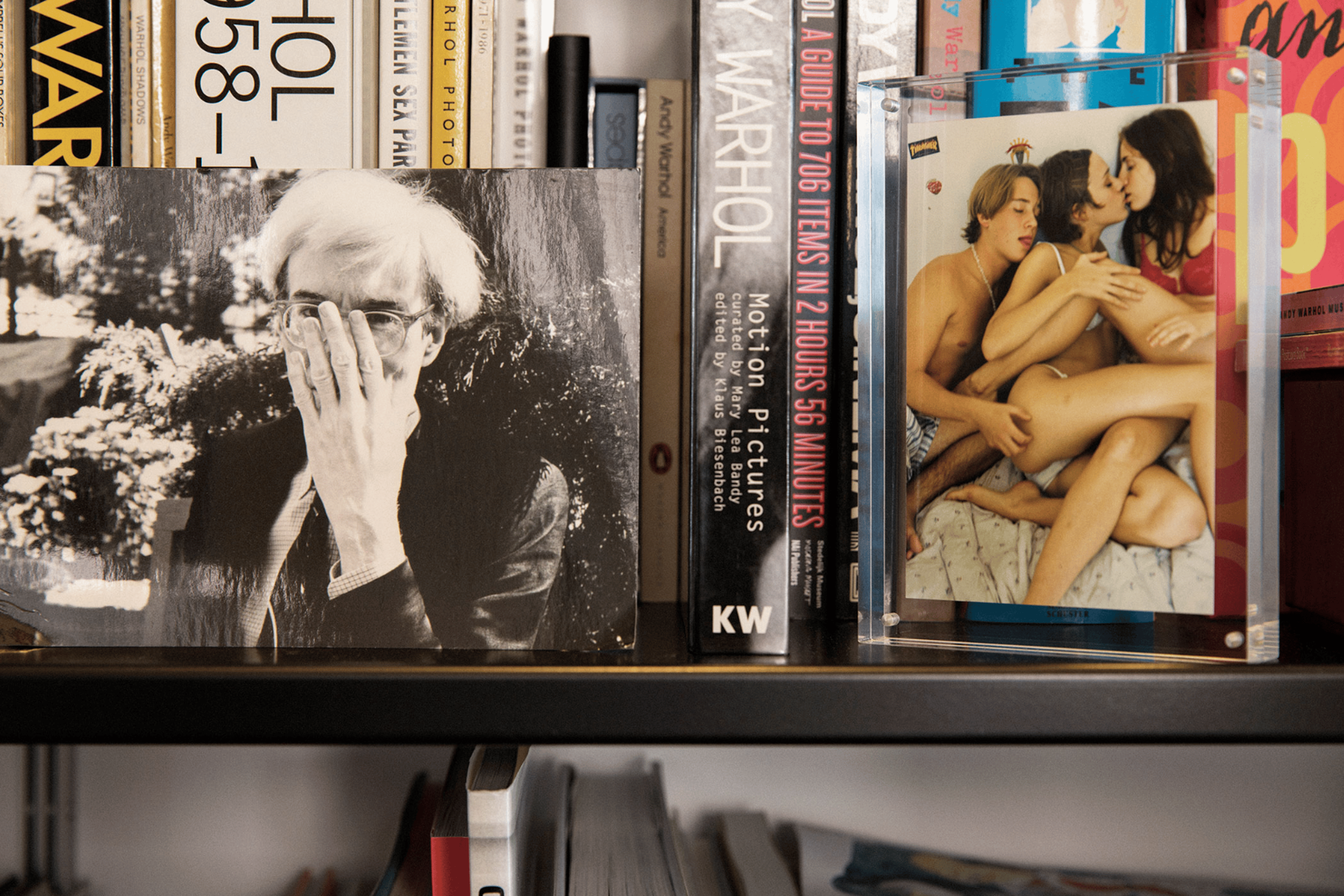
LK: I’m also thinking now about online existences, and how the internet attributed some kind of speed to everything around us. But perhaps I’m being idealistic again, about the old days when most of us still lived a life in physicality.
DB: As I said earlier, I think on-and offline-work and existence are complementary. I think you just need to find the right balance. We can’t reject the fact that we discover and learn so much from the Internet. Just look at what we’re doing at this very moment: I was first contacted by Collecteurs through Instagram, the two of us got introduced by email, you researched my profile on the internet, and now we’ve been discussing via Google Docs for several days. But of course, this doesn’t replace a good laugh, a drink at a bar, a studio visit, a movie at the cinema, a restaurant date, a picnic in a park. But then again, how would you check the film program, arrange studio visits, or find your way to the park without Google Maps?
LK: WIELS makes a point to mention there’s no permanent collection within the institution. What’s the philosophy behind such choice?
DB: WIELS was never conceived like a museum. The model we’re based on is that of a “Kunsthalle” if you will, hosting temporary shows only. We also have a residency program with 9 artist studios and a very dynamic program of community projects. My favorite of which is our community garden next to the art center. WIELS is a private initiative. It was originally developed by a group of art enthusiasts. Even if we’re partially funded by the public, we remain independent from various political authorities. It’s a privilege and a risk at the same time, as we are always underfinanced.
LK: Do you have a general position regarding the idea of collecting art?
DB: I’m not a “collector” type of person. Since I was a kid, I almost never lived longer than 3 years in the same place. I think this pushed me not to surround myself with too much of anything. Most of the art I own are gifts, which I cherish even more because of that. If I were richer, I’d probably buy more art as I think it’s important to support the artists you love.